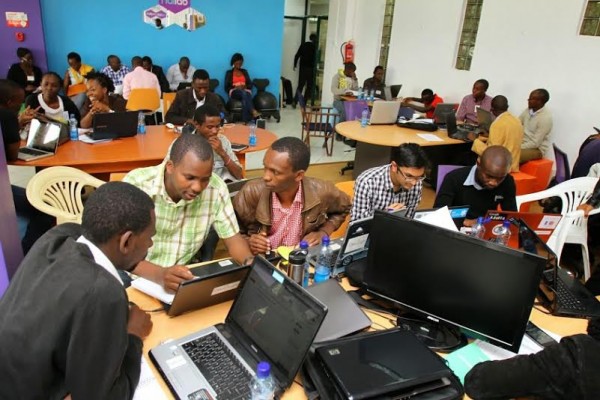 Executive Summary
Executive Summary
For those firms trading in the Global Markets, the past few years have been a time of fantastic innovation and investment growth amidst the implementation of ever more demanding regulatory responsibilities for fear of largely as-yet-unknown penalties. Two ideals have remained true; (1) we trade with the intent of positive financial returns, and (2) we perform operational processes supporting these investments with the intent of mitigating risk wherever possible. While trading decisions can be largely relative to market conditions in the short term, risk neutralization in the trade support lifecycle for the long-term is requires careful consideration of design and breadth of scope. The value and success of this risk mitigation is directly enabled by the context of the information (e.g. the data) along with the security, validity, and availability of the information (e.g. infrastructure technology). Knowledge is information in context and perhaps the best and most important example of this intersection of technology, operations, investment support, and data governance is the Investment Book Of Record (IBOR).
The IBOR-related papers that you’ve read before have probably focused on the general drivers and the architecture options for establishing an IBOR. However, finance is not general and consistent, ever-more-rapid technology innovations are rendering traditional architecture options as suboptimal (we won’t go so far as to say obsolete) and challenging operational processes that have largely remained untouched for decades. Here we put the IBOR in context, outline the attributes/features that make it valuable, outline how existing operational functions are enabled by the IBOR given its central role and how various investment process functions are empowered by it, and also go beyond the traditional buy-side focus to address the heart of the subject: why a central position management solution is equally relevant to Funds, Fund Administrators, Investment Banks, and Custodians. The situational uniqueness presented herein is the simultaneous importance of both internal and external information communication needs. Finally, we also talk about the way forward for a firm that may be looking to put a solution like this in place and outline criteria for measuring success , along with an eye towards what the future may hold. Our intent is to tie in these approaches for the enablement of cross-practice excellence at any given financial firm engaged in trading or a related need of operational, accounting, and regulatory support.
 As of late, Nairobi Kenya has earned a nickname as “Silicon Savannah”. The capital city of Kenya is rapidly establishing itself as a tech hub in the developing world. Upon initial inspection, it may not seem like Nairobi lends itself to being a startup epicenter. However, due to the city’s adaptable bankings system, wealth of recent STEM graduates from Nairobi colleges, it’s not really a surprise that this city is becoming an ever expanding metropolis for e-commerce.
As of late, Nairobi Kenya has earned a nickname as “Silicon Savannah”. The capital city of Kenya is rapidly establishing itself as a tech hub in the developing world. Upon initial inspection, it may not seem like Nairobi lends itself to being a startup epicenter. However, due to the city’s adaptable bankings system, wealth of recent STEM graduates from Nairobi colleges, it’s not really a surprise that this city is becoming an ever expanding metropolis for e-commerce.